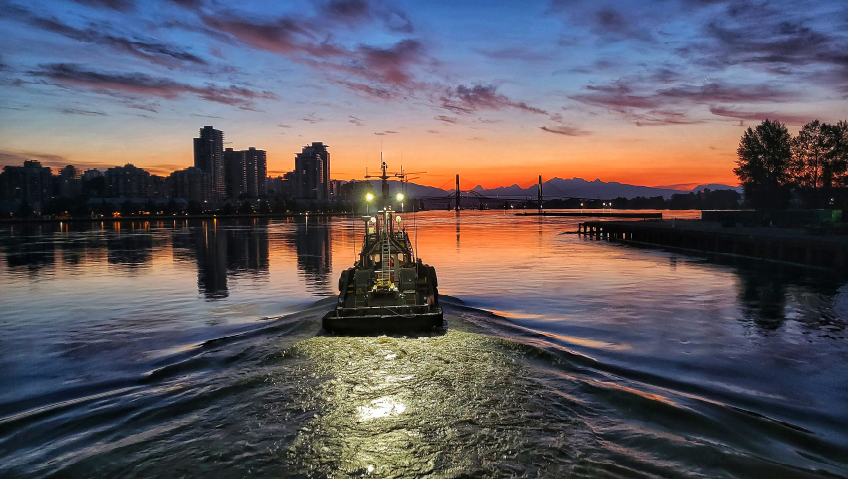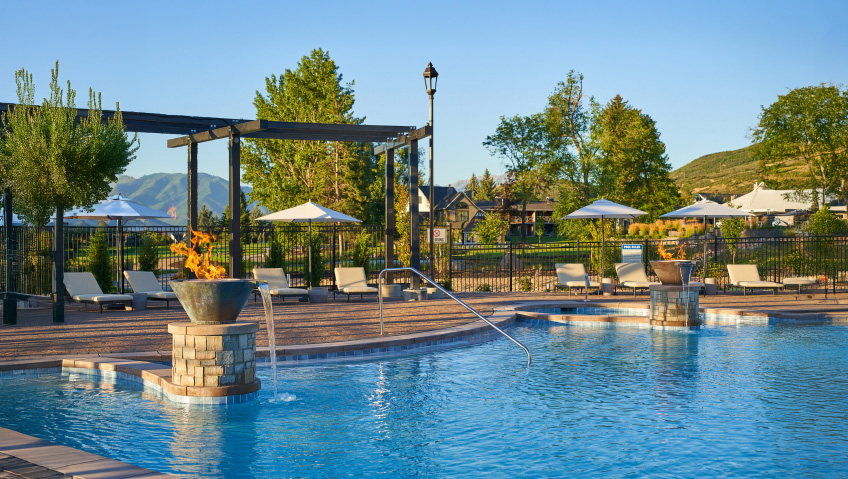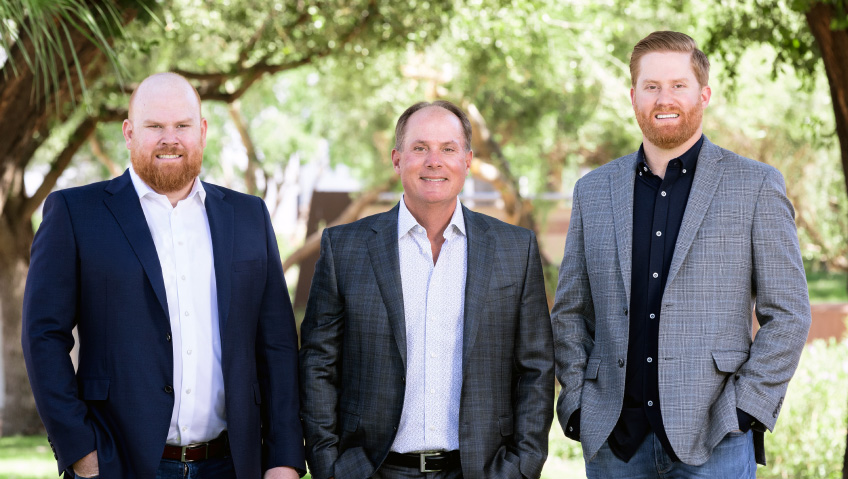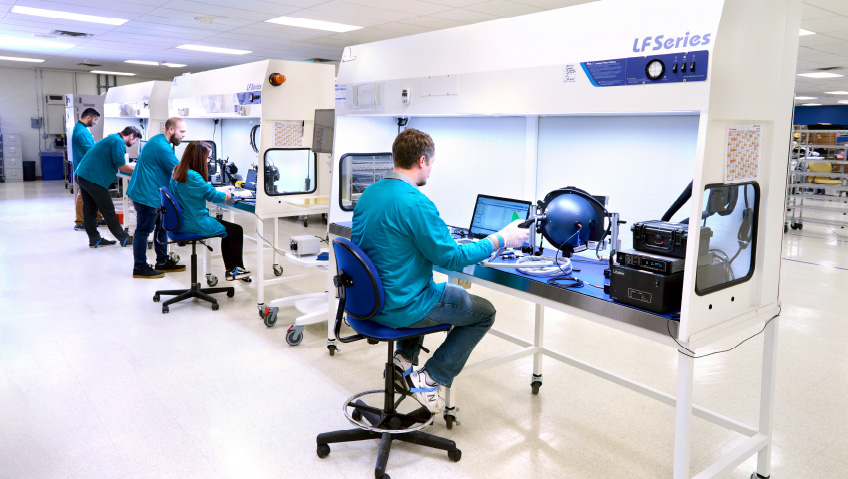Last year, the Catherwood family and Ernie Catherwood, who owns and operates Catherwood Towing Ltd., in Mission, British Columbia, were inducted into the Fraser River Discovery Centre’s Hall of Fame. The Hall of Fame recognizes “individuals or organizations that have made significant and noteworthy contributions to the health and sustainability of the Fraser River, its culture, people, industry and environment,” explains the Fraser River Discovery Centre (FRDC).
The induction was a huge honour for a family that has plied the waterways of BC for generations. From humble beginnings with a single tugboat, Catherwood Towing now has a fleet of tugs and barges and a big presence on Canada’s West Coast and in the Fraser River.
“It was nice to be recognized and to be acknowledged that our family has been instrumental in working the river and developing the river,” says Office and Payroll Manager, Paula Catherwood, daughter of company Founder and Owner, Ernie Catherwood.
In addition to its head office, Catherwood Towing has a fuel dock in Mission, a full dock facility in Richmond, and a site for maintenance and repairs. The company has four single screw tugboats (with one propeller), eight double screw tugs (with two propellers), and five barges of varying sizes.
Catherwood’s main services include log towing (including custom sorting, storage, pickup, delivery, and booming), large ship maneuvering, and marine logistics (dispatching, determining equipment needs, towing and trip surveys, route planning, communicating with authorities). Other core capabilities include marine freight services (towing, delivery, and pickup) and construction support (pile driving and dredging support, specialized equipment transportation, assistance with bridges and dams, and disposing construction spoils at sea). Industries served range from oil & gas to mining, quarries, power generation, infrastructure/government, logging/forestry/sawmill, and marine construction.
Catherwood offers an eco-friendly alternative to long-distance road transport. A single barge can move the same amount of freight as 200 trucks, notes Ernie, and barge transportation reduces road wear and tear and greenhouse gas emissions from truck exhaust. The downside is that barge transport is slow (a towed barge on water moves at a fraction of the pace of a truck on a highway); however, it takes vehicles off of already congested highways and streets. Once a barge reaches its destination, the cargo is off-loaded into trucks for delivery or onto conveyors (in the case of say, aggregate, fed into a concrete plant).
The company’s eco-friendly ethos reflects Ernie Catherwood’s personal connection to the outdoors and has also been proven to be good for the bottom line. Ernie and his brothers own a 30-acre family getaway on the edge of the Fraser River that is naturally beautiful and replete with wildlife. As for business, “For a lot of government contracts [you need] certification regarding the environment,” notes Port Captain and Health/Safety/Environment Quality Manager Jordan Dunne.
Catherwood Towing was launched, in a rather roundabout fashion, in the summer of 1971. At the time, 26-year-old Ernie was living with his parents in Hatzic, BC and employed by his father, who worked as a booming contractor (log booming refers to grouping logs in water then bundling them into “booms” to prepare them for transport by tugboat). By his own admission, Ernie wasn’t completely focused on the job. “One Monday morning, I couldn’t get out of bed,” he says. “I slept in. When I did finally get out of bed, I went to see [my father] and between he and I, we decided that maybe I should find something else to do besides work for him,” recalls Ernie.
Given the family’s nautical background, Ernie’s father suggested his son buy a tugboat and go into business for himself. Ernie was agreeable, and helped locate a wood-hulled tugboat for sale in Vancouver named the Sea Imp. The tug was priced at $10,000 (the equivalent of roughly $79,000 today). The Mission branch of the Bank of Nova Scotia wanted a 25 percent down payment to secure a loan to purchase the boat. Ernie lacked the funds, so his mother loaned him the fee.
Cheque in hand, Ernie returned to the bank: “I put it on the bank manager’s desk, and he said, ‘Are you sure you want to do this?’ I knew right then I had to make a real strong commitment, so I said, ‘Sure. I’m committed.’ He said, ‘Okay.’ So, I owned a boat and carried on.”
While the company started out with a focus on barge and log towing and booming and assisting vessels in the waters around Mission, Ernie branched out, transporting construction equipment and materials among other loads.
In the early 1980s, Ernie was hired by a company cutting trees in the Babine Lake region. Ernie gathered logs placed on Babine Lake into booms then transported them to winter storage locations. When ice on the lake melted, he towed the logs to a pick-up spot where they were put onto trucks. After this contract ended, Ernie picked up a new gig operating a cable ferry, transporting logging crew, trucks, and supplies across Ootsa Lake, a manmade reservoir in the province. He founded a subsidiary called Catherwood Transportation (CTL) in 1993 to handle the Ootsa Lake assignment.
Catherwood Towing Ltd. continued growing and today employs roughly 62 people at any given time (personnel levels vary depending on workload and season). Anyone interested in becoming a deck hand must be hard-working, a team player, and safety minded.
“It takes a very special person… We want someone who is eager and can work in dangerous conditions—we could be in a winter storm on the ocean, running along a log that’s buried under two feet of snow,” notes Jordan.
Prospective deck hands start off as a ‘rider’—”basically, they go along for a boat ride and they watch and follow a deck hand around,” explains Jordan. The next step is for the recruit to “shadow the deck hand” while trying to perform some tugboat tasks, he continues. “Eventually, they move to the next stage and start doing things on their own under the direction of the captain. Finally, they become a full-time member.”
If training takes months, gaining all the knowledge needed to be truly seasoned can take years, adds Ernie. Despite modern communications and technology, tugboat officers and captains still need to have an intuitive feel for waterways, weather conditions, boats, towing hazards, and more.
Tugboat crews are typically small (two to four-man vessels are the norm), which means everyone must pull together. “Tugboating is a team effort. A captain is supposed to be in charge of everything, and you’ve got a mate, then you’ve got one or two deck hands who are supposed to listen and understand what’s going on around them. If it all comes together, then you’ve got a working team. If it doesn’t, then it’s not so good,” Ernie tells us.
On top of these attributes, Jordan Dunne prefers new hires who demonstrate ambition. “You can’t be a deck hand long; it’s very hard on your body. Eventually, we’d like to see them move up to an officer’s position, then eventually move into a captain’s role and pass down everything they’ve learned to the new recruits,” he says. Government regulation of the water transport sector has increased notably since the company’s early days, and Transport Canada (the agency that oversees transportation) mandates that all deck hands be certified in Marine Emergency Duties training, encompassing everything from fire fighting to First Aid and cold-water survival.
Communication in this sector is key, and Jordan emails a weekly safety bulletin to all staff, alerting them to changes to river or ocean conditions or developments regarding the Catherwood fleet. The company utilizes SiteDocs Safety Management Software to store digital forms, certification documents, incident report templates, inspection information, and more. Catherwood has a Certificate of Recognition (COR) from WorkSafe BC affirming it has met certain health and safety benchmarks and is SAFE (Safety Accord Forestry Enterprise) certified by the BC Forest Safety Council, meaning it has passed stringent audits.
Catherwood Towing relies largely on word of mouth for promotional purposes. “If there’s any fast water work to be done, if anybody wants to go east of Mission on the Fraser River, they usually call Catherwood,” notes Ernie with pride.
The family also gives back to its community, sponsoring local charities and sports teams and running an in-house philanthropic arm. “Some people that are down on their luck have found employment with Catherwood Towing… Not on the boats but maybe working at our fuel dock or at our maintenance shop,” notes Paula.
Asked if he plans to open any new subsidiaries, Ernie laughs and says, “No. I’ll be 80 on my next birthday.”
That said, the goal is to keep Catherwood a family-owned and operated business. “If things keep trending the way they are, I see us still being a family-owned business [in five years] playing with the big boys,” says Jordan. “I still see us bidding on government jobs, working for large companies… Anything that’s a major, major project—we’ve got the trained crew, the equipment and the means to do it.”






